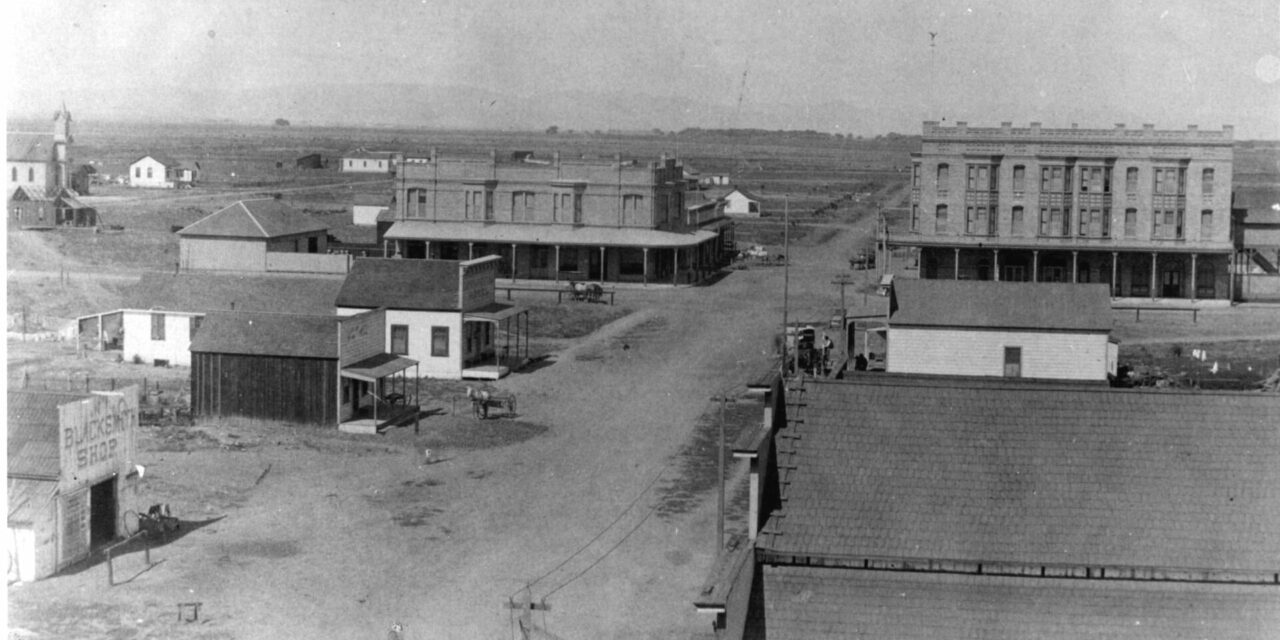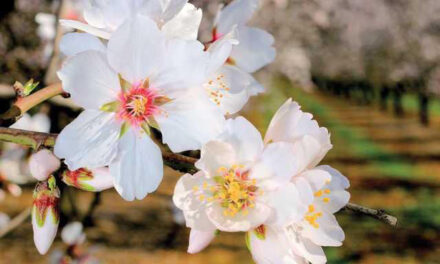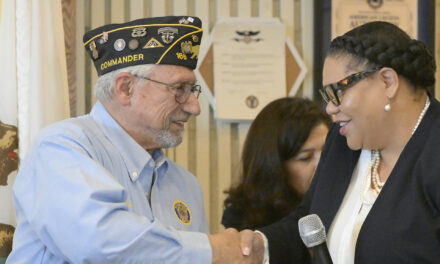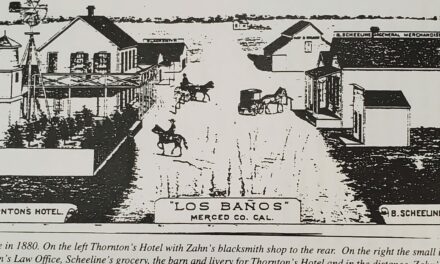Our last article followed the stage stop communities of “Old” Los Banos and Center Point from the early 1860s through 1889.
When the Southern Pacific Railroad was extended through the westside of the valley in 1889, the buildings of these communities were either moved to the site where “New” Los Banos was being constructed or were simply abandoned and faded away with time.
The new town of Los Banos was laid out where it is today purposefully near Miller and Lux’s Canal Farm Ranch (located where Espana’s Restaurant currently is). It was laid out in an alfalfa sink where Henry Miller’s buckaroos turned out their saddle horses for the night.
Two irrigation ditches running along each side of the field carried water for irrigation. The field probably had too much water as there are pre-development tales of memorable waterfowl hunting on the site.
Henry Miller bought 300 acres of this field for the site of the new town. The town was surveyed, parcels were sectioned off and streets were planned. The prominent roads were H Street, which ran south of the railroad and G Street, which ran along the north side of the track. H Street was considered the primary street of the community and was frequently referred to as Front Street or Main Street.
The Railroad depot was positioned prominently at the north end of the intersection of sixth and H Street (where the Henry Miller statue is today).
Across from the depot a restaurant, grocery store, saloons and the post office were established. I Street was commonly referred to as “the back street”. The south edge of town was the alley that now runs diagonally between K Street and where the post office is today. Seventh Street was the only entrance to the town from the county road which is now Pacheco Blvd or Highway 152. The boundary for the west end of town was fourth street, and a line of windbreaking eucalyptus was planted, acting as the edge of town and a notable feature for decades.
Miller and Lux built two large ornate buildings in 1890 to firmly establish the community. One was a general merchandise building on the southwest corner of the intersection of Sixth and I Street.
Although the core of this building is still standing today, it is mostly unrecognizable from the original building. The second was an imposing three-story hotel that established the community as bonified (The Los Banos Hotel was located where the current Bank of America is today).
To complete the grandeur of the Sixth and I street intersection, Miller and Lux added an Opera House (northeast corner), and the Bank of Los Banos building (southeast corner). It was indeed a grand intersection and the center of the developing community.
To service his new downtown buildings, Miller and Lux built a water tower and an electric generator on the northeast corner of the intersection of sixth and I Street, providing electricity and water from the very beginning.
Just to the east of Seventh Street on the alley between H and G street, the county built the first jail house. (This 1894 jail house is still standing, but no longer recognizable, as it has been recently stuccoed over).
Houses sprung up within the town from seventh to fourth street and G to K Street. A grammar school was built on K between fifth and sixth Streets (where the Sante Fe Market is today), and the Westside High School was built down the block on the southwest corner of seventh and K Streets.
By the early 1900s, the community was well established and was becoming the centerpiece community of the westside. The early inhabitants were of many immigrant ethnicities motivated by opportunity, dreams and a sense of better things to come.
Los Banos was born. And it was born primarily through the vision and wherewithal of the town’s benefactor Henry Miller. He caused not only the planning and the layout of the town but the financing and the construction of the town’s foundational buildings. Henry Miller underwrote the town’s development right up to its formal incorporation in 1907.
Information for this article was from the Ralph Milliken oral interviews and manuscripts at the Milliken Museum. For more information on Los Banos history, visit the Milliken Museum in Los Banos, open every day except Mondays, from 1 p.m. to 4:00 p.m.




